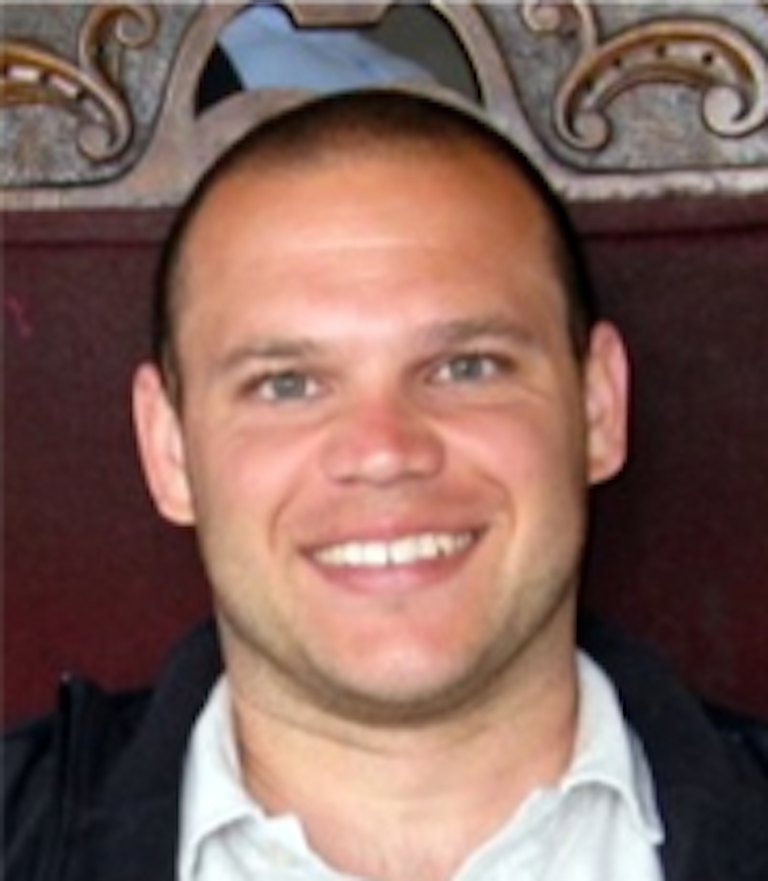Brian Gerardot, Heriot-Watt University, Moiré heterostructure quantum emitter arrays

Speaker
Brian D. Gerardot
Institute for Photonics and Quantum Sciences
Heriot-Watt University
Edinburgh, UK
Bio
Professor Brian Gerardot holds a Royal Academy of Engineering Chair in Emerging Technology and leads the Quantum Photonics Lab at Heriot-Watt University in Edinburgh, Scotland (more information: http://qpl.eps.hw.ac.uk/). His research, at the interface of quantum optics, condensed-matter physics, and materials science, aims to engineer and controllably manipulate quantum states in semiconductor devices, with a particular recent interest in exploring novel van der Waals heterostructure quantum devices. Brian obtained a BS from Purdue University in 1998 and a PhD in Materials Science from UC Santa Barbara in 2004.
Abstract
The unique physical properties of two-dimensional materials, combined with the ability to stack unlimited combinations of atomic layers with arbitrary crystal angle, has unlocked a new paradigm in designer quantum materials. For example, when two different monolayers are brought into contact to form a heterobilayer, the electronic interaction between the two layers results in a spatially periodic potential-energy landscape: the moiré superlattice. Single particle wavepackets can be trapped in the periodic potential pockets with three-fold symmetry to form an intrinsic ‘quantum dot’ lattice. Here I will discuss the properties of such quantum emitter arrays and discuss their prospects as a spin-photon interface or the potential of strong interactions within the excitonic superlattice which can lead to superradiance, topological moiré minibands, or the realization of a tunable Mott-Hubbard Hamiltonian. I will first show that moiré confined excitons in a MoSe2/WSe2 heterobilayer with small twist preserves the intrinsic Ĉ3 symmetry of the constituent crystal lattices. Discrete anharmonic spectra are observed which exhibit distinguishing features of the moiré potential: uniform g-factors, a lack of fine-structure splitting, and helical polarization. Via the observation of photon antibunching, I will demonstrate the quantum nature of individual moiré confined excitons. Next, in a heterostructure of bilayer 2H-MoSe2 and monolayer WSe2, I will report the observation of two interlayer exciton species trapped in moiré potentials with distinct spin-layer-valley configurations. Due to the phenomenon of locked electron spin and layer pseudospin in bilayer 2H-MoSe2, the interlayer exciton species exhibit opposite valley magnetic moments. Further, we find the 2H-MoSe2 stacking intrinsically locks the atomic registries of the spin-layer locked exciton species together. Finally, I will discuss the properties of the moiré quantum emitters under applied electric fields and changing the chemical potential.